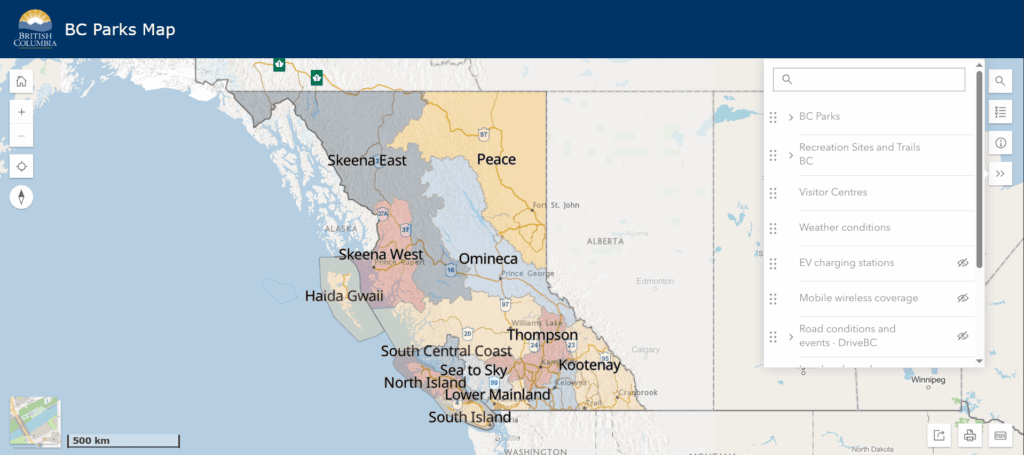
Introduction
British Columbia is home to some of the most spectacular natural landscapes in Canada, and its provincial parks play a significant role in preserving this beauty. BC Parks, which includes over 1 million hectares of protected land, is vital for conservation, recreation, and education. Not only do these parks provide invaluable habitats for wildlife, but they also offer residents and visitors numerous opportunities for outdoor activities such as hiking, camping, and kayaking. With increasing urbanization and climate challenges, the role of these parks has never been more critical.
Current Events in BC Parks
In recent months, BC Parks has seen a surge in visitors due to the easing of pandemic restrictions and a growing interest in outdoor activities. The province reported a 25% increase in park visits during the summer of 2023 compared to previous years. This spike in tourism has prompted the government to invest additional funds into maintaining trails, facilities, and ensuring visitor safety. Noteworthy recent initiatives include the overhaul of the reservation system, which now allows for real-time updates and increased accessibility for those wishing to explore BC’s natural beauty.
This summer, several parks witnessed significant developments, including new interpretive programs aimed at educating visitors on the local ecology and Indigenous histories of the land. For example, parks like Garibaldi Provincial Park and Strathcona Provincial Park have introduced guided hikes led by First Nations knowledge keepers, enhancing the visitor experience and emphasizing the importance of Indigenous stewardship.
Challenges and Importance of Conservation
Despite these positive developments, BC Parks faces several challenges, particularly related to climate change and habitat loss. Increased wildfire risks, attributed to hotter, drier summers, threaten both the parks’ ecosystems and the safety of visitors. The 2023 wildfire season was one of the most tumultuous for BC Parks, forcing the temporary closure of several areas for safety reasons. These events highlight the importance of ongoing conservation efforts and the need for a proactive approach to managing natural resources.
Conclusion
As BC Parks continues to attract a growing number of visitors, the responsibility to protect these precious landscapes becomes increasingly vital. The collaborative efforts between the provincial government, local communities, and Indigenous groups will be crucial in ensuring these parks remain sustainable and accessible for generations to come. As stewards of the land, British Columbians and visitors alike must commit to respecting the natural environment and advocating for conservation measures. It is through this dedication that the beauty of BC Parks can be preserved as a natural playground for future explorers.

